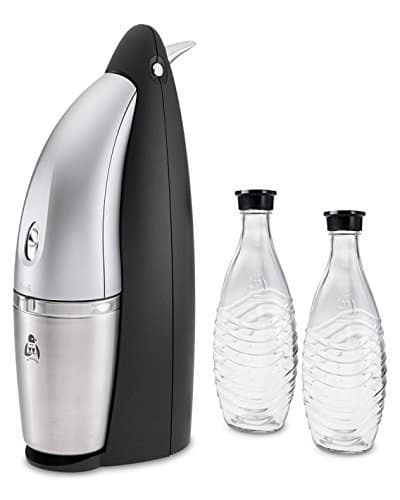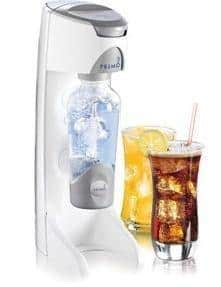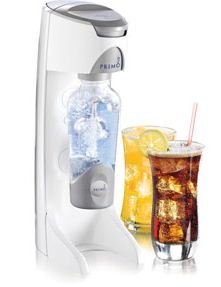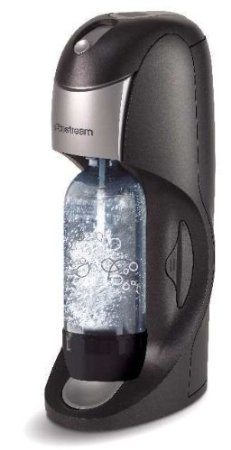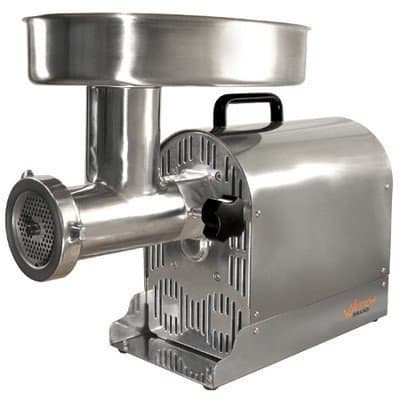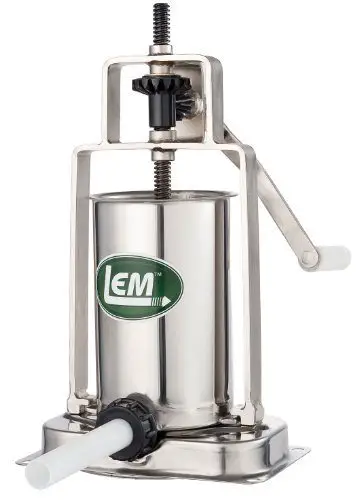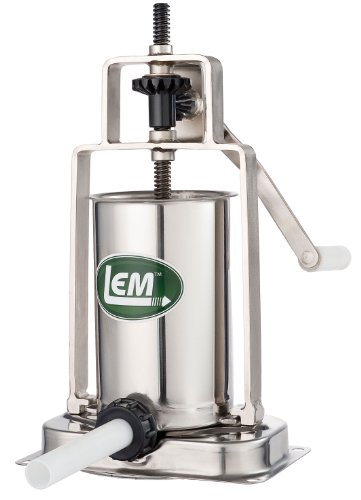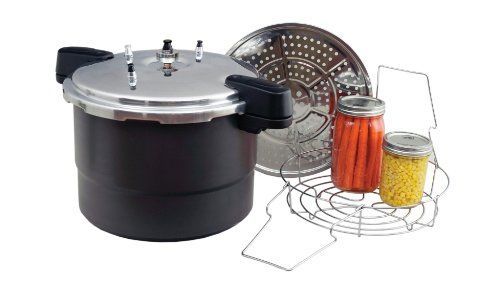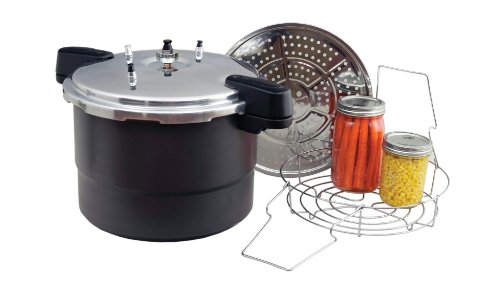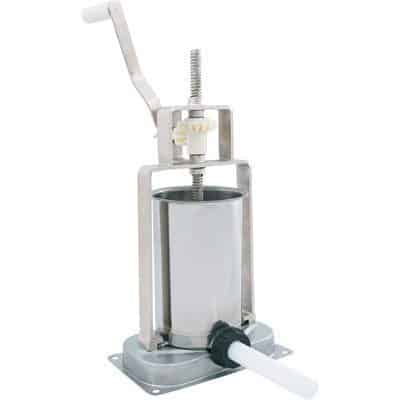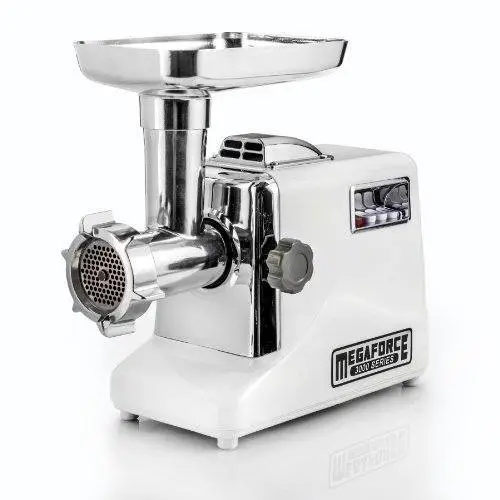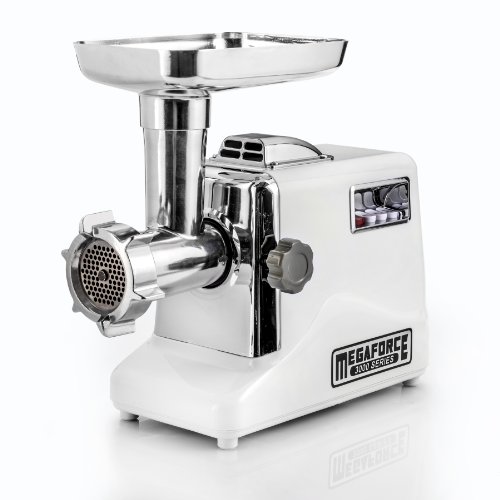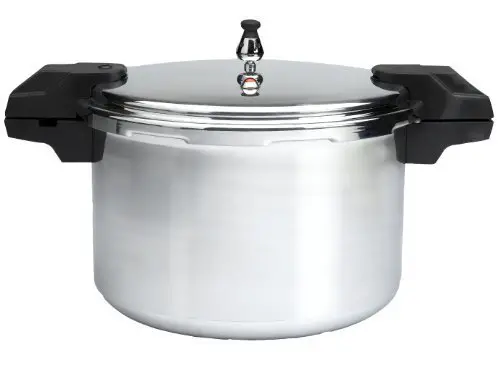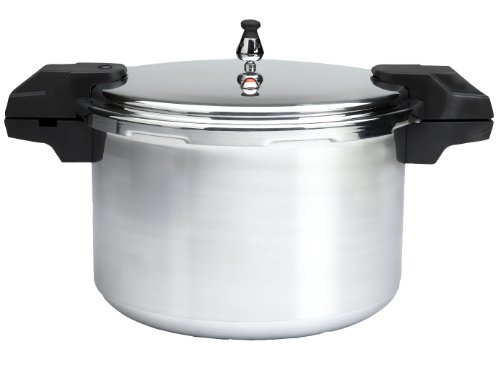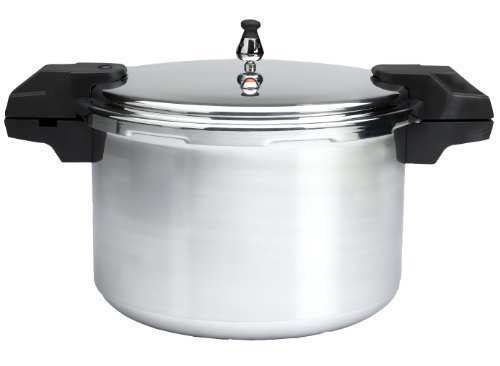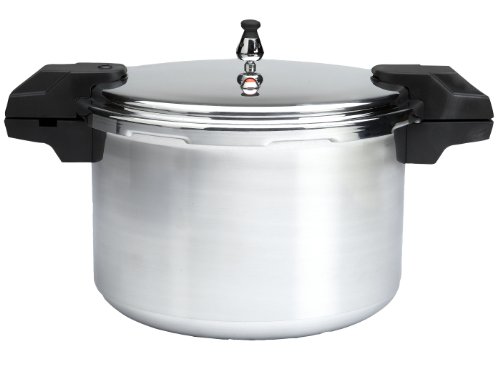As an Amazon Associate I earn from qualifying purchases.
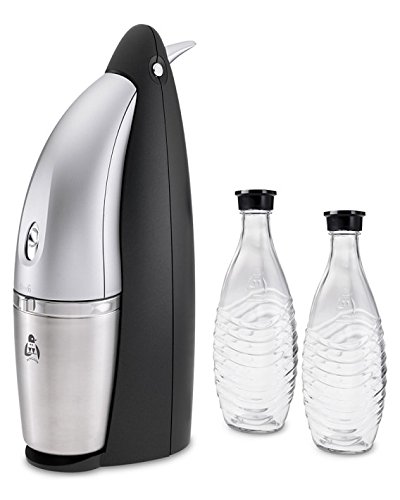
This SodaStream Penguin Earth Friendly Glass Carafe Soda Maker is the ultimate in creating carbonated beverages for yourself. Perfect for a party or a night at home with the family, this device features a sleek black design and comes with everything you need in order to get started.
The device does not require batteries nor does it run on electricity. It operates by use of carbon dioxide in the form of a can. This particular model takes a medium-sized can of 60 liters so it puts out approximately 2,000 ounces (170 soda-sized cans) of carbonated beverage.
The kit includes the soda maker, a 60 liter can of C20 and two reusable 20 ounce glass carafe containers complete with fizz preserving caps to keep the drinks from going flat. The fact that the containers are glass attracts those who do not wish to use plastic containers. The larger size containers are a plus to many as well and the fact that they are dishwasher safe is a positive as well.
The SodaStream Penguin Earth Friendly Glass Carafe Soda Maker is earth friendly in that it saves having to dispose of cans and bottles and won the Earth Friendly Received the 2011 GREEN HOUSE Award.
While this model is a bit on the pricey side, it does have some special features that it offers. The C20 cylinders can be replaced or refilled at Penguin dealerships, which are a nice alternative. There is also a site online that will also refill or replace them.
Given the price tag though, some reviewers were not sold on the product. Some complained that the unit had some flimsy parts and did not fit together as good as it should for the price it cost. Others decide it would take a long time to save money on the hefty price and the cost of the C20.
But others were quite pleased with their purchase. One plus seemed to be that more bottles can be purchased in addition to the two that come along with the setup. They also seemed to praise the unit for working well. There was, however, mention of a plastic casing that gave some issues.
The Penguin brand was in a few reviews, compared to other top-of-the-line brands such as Dyson and Kitchenaide. Some reviews were from consumers who had purchased their unit a year or two back and they said their soda maker was still working fine.
A good many reviews were from consumers who opted to make sparkling water rather than flavored cola drinks. Those that did so spoke well of the unit’s ability to make non-cola drinks.
The appearance was a big plus too. Many reviewers mentioned how nice the soda maker looked. Overall, the device seems to be pretty well made and looks nice as well. The problems incurred seemed to be minimal. The looks tended to be very important to many. Whether it deserves the large price tag or not is a matter of opinion or a penguin you might say.
Click here to view prices on Amazon and find the best deal on the SodaStream Penguin Earth Friendly Glass Carafe Soda Maker.
